Exploring the Town of Kennecott and Kennecott Mines
While the drive over the McCarthy Road may be daunting, Kennecott is a golden nugget, or should I say copper nugget, at the end of a long and dusty road. This fabulous site is a huge complex of barn-red buildings that make up the Kennecott mill town, built in 1907 by the Kennecott Copper Corporation. It is now a National Land Mark and the National Parks service has been working hard to preserve and restore this amazing historic mining operation. The red colour of the buildings wasn’t chosen on a whim. The red colouring came from a byproduct of the ore separating process making it the easiest and cheapest colour to make paint from.
A Brief History of Kennecott
Prospectors discovered this ultra-rich copper deposit in 1900 and subsequently sold their claims to a mining engineer from New York, who was working for the wealthy Havermayer family. In 1907, with backing obtained from the Guggenheims and J.P. Morgan, construction of the 196 mile Copper River & Northwestern Railroad began, running from Kennecott to Cordova. The railroad would allow supplies to come in to the mines and ore to go out. The route was a massive challenge, spanning rivers, mountains and active glaciers on its way to the coast. The railroad contract was awarded to Michael J. Heney, who built the famous Yukon & Whitepass Railroad from Whitehorse to Skagway. He completed the line 4 years later. In the mean time Stephen Birch, the mining engineer, had transported enough equipment to Kennecott to start mining and had $250,000 of ore ready for transport by the time the railroad arrived.
Kennecott Mine continued to produce copper ore until 1938 when the rich copper ore deposits ran out. It was one of the richest ore deposits ever discovered and produced over $100,000,000 in profit! When they decided to shut the mine down, the miners were given 24 hours notice to gather what they could carry and be on the last train out of town. Because of the high transportation costs only the most valuable equipment was removed and the mill and town were abandoned along with almost everything in it. Dishes were left on tables, medical records were left in the hospital and mining equipment was left where it was last used.
While Kennecott was a completely self sufficient company town, if you wanted some of the more fun things in life, you had to head five miles down the rail line to the town of McCarthy. It was a miner and railroader town with all the entertainment required of those living on the frontier. It had restaurants, hotels, saloons, pool halls, stores and of course brothels. The two towns coexisted for 27 years until the mine was shut down in 1938. For more on McCarthy, click this link: McCarthy
Exploring the Site
The town of Kennicott and the mill are 5 miles up the road from McCarthy. To get up there you can either hike the 5 miles or catch one of the McCarthy Shuttle buses, which run on the half hour, all day long. The fare is $5.00 each way per person. You can also rent bicycles in McCarthy if you want to get some exercise, but get there a little faster than walking. Be warned, the road is fairly rough and narrow and can be pretty dusty. Dogs are welcome on the shuttle and around the town site.
Today, many of the buildings have been restored or are in the process of restoration and stabilization. It is a fascinating place to explore. Many of the buildings are not open to the public including the main mill building however, you can take a tour of the town and the main mill building and learn about the ore separating process with St. Elias Mountain Guides for $27.50 each. We chose to explore on our own, as we wanted to poke around and take lots of pictures. The grounds are completely open for exploration and there is an amazing amount of equipment and debris lying all around the site, even the old waste rubble site is fun to poke through as you will find lots of small samples of copper ore including malachite and azurite. If you don’t take the tour and are curious about the ore separation process, you can watch a short film at the visitor’s center, which takes you through the mill building explaining how things were done. They also show some interesting historic photos of the operation. The Visitor’s Center is located in the restored General Store, built in 1917. You can also purchase books, souvenirs and other items there.
The mines themselves, which include over 70 miles of mine shafts, are up near the ridge top behind where the Glacier Lodge now sits. The ore was carried down to the mill by a cable tram system. The mines are not open to the public.
Kennicott and Root Glaciers
The Kennicott and Root Glaciers flow down two valleys north of the townsite and join together just a few miles from Kennecott*. (*There are 2 spellings and both are correct. Kennecott, which now refers to the town and mill, originally came from a mispelling of the Kennicott which now, usually refers to the glacier). There is a 2 mile (1 way) trail that leads up to the base of the Root Glacier, and St. Elias Alpine Guides offer tours out onto the ice.
When you look out over the valley from the town site and mill, you are looking at the Copper Valley and a huge glacier. What can be mistaken for piles of gravel or mine tailings, is actually the debris covered lower portion of both glaciers. As glaciers melt and recede, more and more gravel accumulates on the surface. This process begins to insulate the ice so there are areas that melt faster than other creating the undulating landscape that you see.
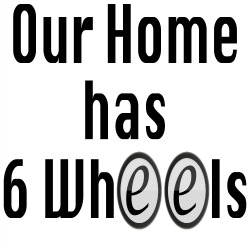






















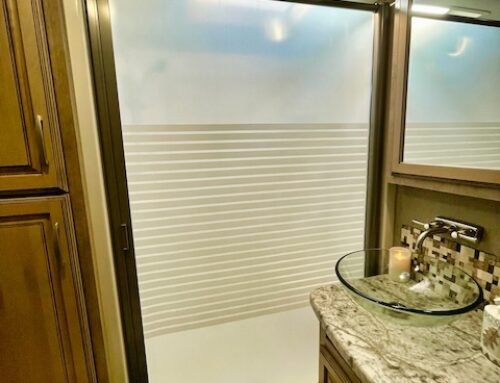
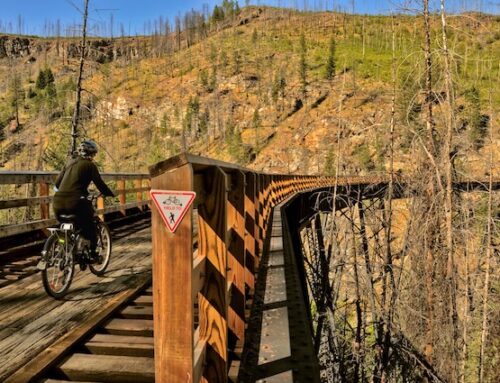
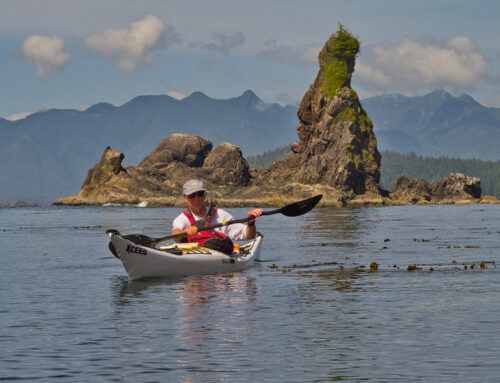
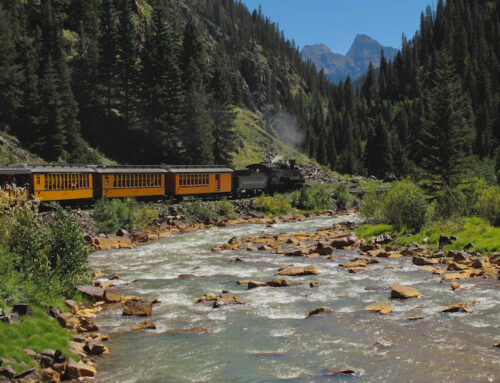
Leave A Comment